I have an existing product with a spare RS232 port on the rear panel. This is connected in the standard way to a MAX3232.
I would like to use this to connect to another device that is TTL level, so I don't want the output to go below GND. The high level is OK, as it's clamped at the far end via a resistor and Schottky diode to Vcc.
The PCB designs can't be changed, and I would very much prefer to avoid making modifications by hand. The inversion isn't a problem; the software can handle that.
However, changing the BOM isn't a problem. I haven't tried yet, but is it possible to achieve this by not fitting C2, or something else (tying V- to ground with a 0 Ω resistor, etc.)?
Has anyone ever done this? It would be so helpful if it's possible.
I know it's not ideal, but it would be a huge help.
In an ideal world, I'd spin a new PCB. Sadly, I'm not in that world for this project.
